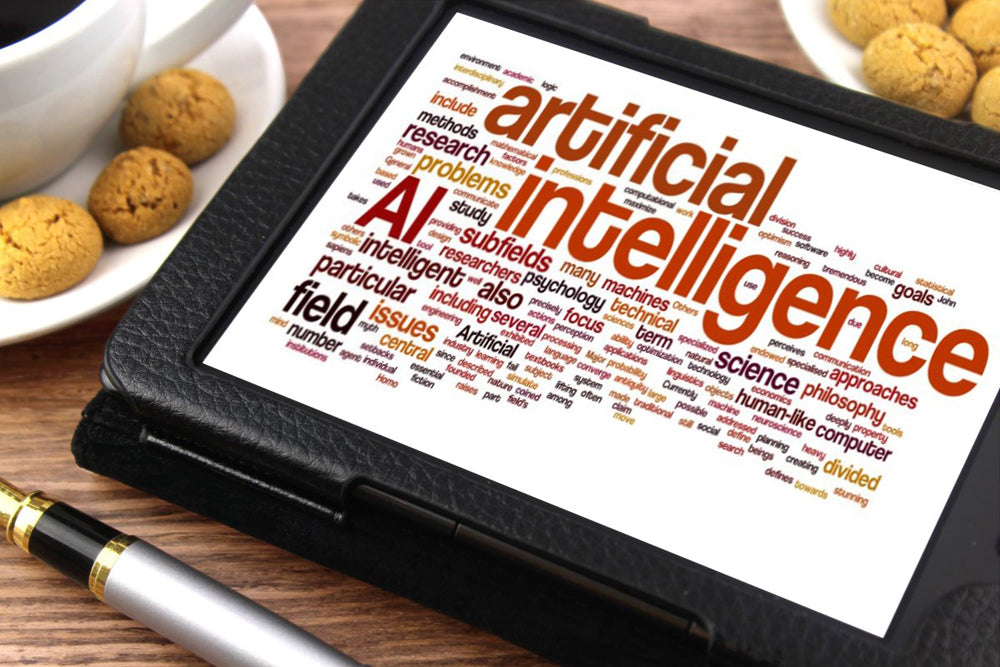
Some prognosticators say that within the next decade the human population won’t be able to tell if they are conversing with another human or a chatbot. Despite setbacks and historic failures, chatbots have been used in applications earlier than you may think—the first chatbot, ELIZA, was created in 1966 by Joseph Weizenbaum and was touted as the first natural language processing computer program.
Today, chatbots may even advise you in your own home by the alias Alexa, Cortana, Siri, or Google. Chatbots are proliferating on the messenger app Telegram and range from trivia bots to poker game bots. Some bots even connect users like a dating website would.
In automotive, Carla and AutoEQ have bas developed by Carlabs. As a product, Carla has been wowing critics and inspiring hope for the auto industry. Why would a chatbot inspire hope? The auto industry has seen their sales process evolve over the years driven by a heightened focus on improving customer experience. It is here that chatbots may provide the greatest benefits for the in-dealership experience.
We believe that the initial place for chatbots and digital assistants to provide the highest value is in augmenting repetitive tasks by humans, not replacing them. They will learn with experience and repetition, but perform best when applied to a particular focus area verses trying to address all things for all people. With that in mind, here are our opinions on where dealerships may benefit the most (technology solution providers: are you listening?):
Will chatbots and digital assistants revolutionize the industry? No, not in the near term anyway. Will they play a role in incrementally improving the customer experience? They certainly will, if done with a fair amount of careful product development and usability testing upfront. This technology holds plenty of promise.
Cheers,
Kevin
(Image License: Creative Commons 3 – CC BY-SA 3.0 The Blue Diamond Gallery)